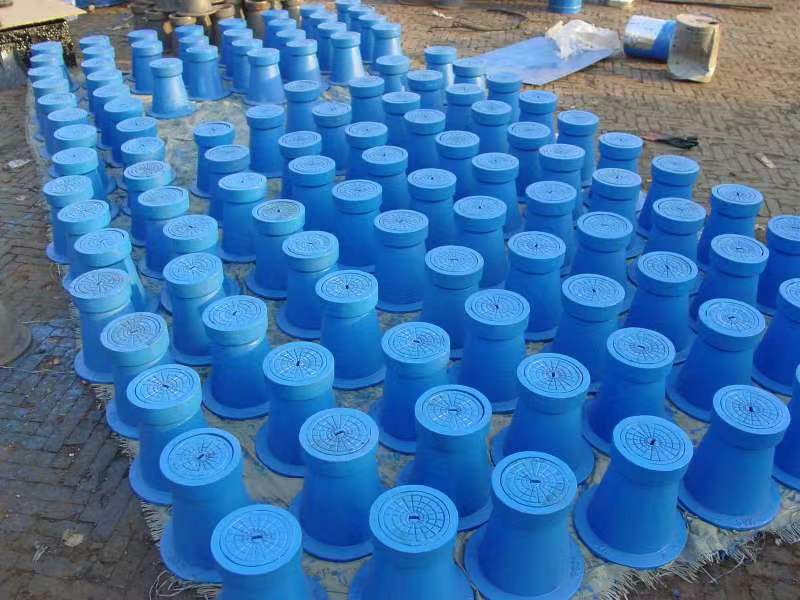Bollards in Harbors Essential Fixtures for Mooring and Safety
The Role of Bollards in Harbours A Crucial Element in Maritime Infrastructure
In the bustling world of maritime operations, the role of bollards in harbours cannot be underestimated. These sturdy, often unassuming fixtures serve as vital components in the complex dance of docking and securing vessels. Whether large cargo ships or small leisure boats, the presence of bollards is integral to ensuring the safety and efficiency of marine activities.
What are Bollards?
Bollards are robust cylindrical posts that are typically made from materials like steel, concrete, or composite materials. They are installed along the edges of docks and wharves, serving as anchoring points for mooring lines. Ships utilize these lines to tie up securely, preventing them from drifting or moving during tidal changes, rough weather, or while loading and unloading cargo.
The Importance of Harbour Design
Harbour design includes much more than just aesthetic structures; it requires careful planning and engineering. The placement of bollards must consider various factors, including the size of vessels that will frequent the dock, environmental conditions, and the overall layout of the harbour. Inadequately designed harbours can lead to dangerous situations, where vessels are at risk of collisions or unmooring.
Types of Bollards and Their Functions
Bollards come in various designs, each tailored to specific purposes. For instance, some bollards are designed for heavy-duty applications, accommodating large vessel operations, while others might be lighter, suitable for smaller boats. Additionally, there are specific types of bollards, such as single bollards for simple mooring and double or triple bollards which provide extra anchorage points for larger ships facing multiple forces.
Understanding the functionality of different bollards enables harbour operators to optimize their mooring systems. The height, weight, and design of a bollard directly affect how much load it can safely handle. Therefore, a thorough analysis of the anticipated needs of a harbour is critical to integrating the correct bollard types in the design.
Safety and Security
bollard in harbour

Safety is paramount in harbour operations, and bollards play a crucial role in this regard. Well-anchored boats reduce the risk of accidents and damage, both to the vessels themselves and to the harbour infrastructure. By ensuring ships are securely moored, bollards help prevent incidents such as drifting into other vessels or harbour structures during storms or surges.
Furthermore, bollards can enhance security in harbours by serving as physical barriers. When secured properly, bollards can help deter unauthorized access to certain areas of the harbour, contributing to overall safety and security measures.
The Impact of Weather and Environmental Conditions
Harbour operations are significantly affected by environmental factors. For example, strong winds, tides, and currents can impose significant stress on vessels and their mooring systems. In response to these challenges, modern bollard designs often incorporate features to absorb shock and reduce the forces exerted on them. This resilience ensures that mooring systems accommodate changing conditions without compromising safety.
Operational efficiency also hinges on the maintenance of bollards. Regular inspections and routine maintenance are necessary to ensure that these vital fixtures continue to function effectively. Rust, corrosion, and wear can compromise a bollard's structural integrity, potentially leading to failures during critical operations.
Innovations in Bollard Design
As the maritime industry evolves, so too does the design and functionality of bollards. Innovations such as smart technology integration are being explored, allowing for real-time monitoring of bollard loads, wear, and environmental conditions. This data can inform maintenance schedules and enhance safety protocols, ultimately leading to more efficient harbour operations.
Conclusion
In summary, bollards are not merely functional elements within harbour infrastructure; they are pillars of safety, security, and operational efficiency. From facilitating the smooth docking of vessels to ensuring robust anchorage in the face of environmental challenges, bollards play a pivotal role in every aspect of maritime operations. As the demand for maritime transport continues to grow, the importance of well-designed and maintained bollards in harbours will only increase, making them indispensable assets in the world of shipping and navigation.
-
The Smarter Choice for Pedestrian AreasNewsJun.30,2025
-
The Gold Standard in Round Drain CoversNewsJun.30,2025
-
The Gold Standard in Manhole Cover SystemsNewsJun.30,2025
-
Superior Drainage Solutions with Premium Gully GratesNewsJun.30,2025
-
Superior Drainage Solutions for Global InfrastructureNewsJun.30,2025
-
Square Manhole Solutions for Modern InfrastructureNewsJun.30,2025
-
Premium Manhole Covers for Modern InfrastructureNewsJun.30,2025
